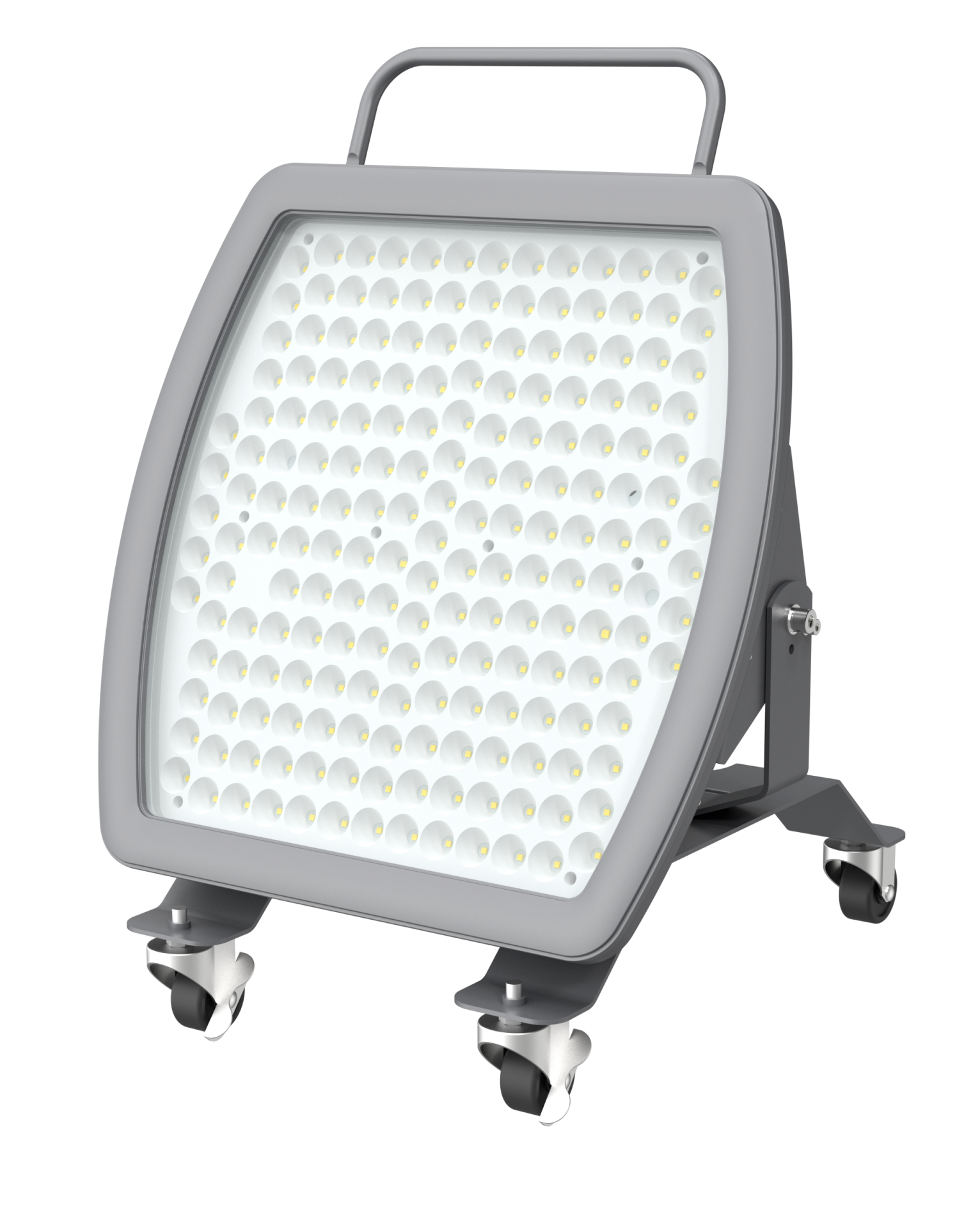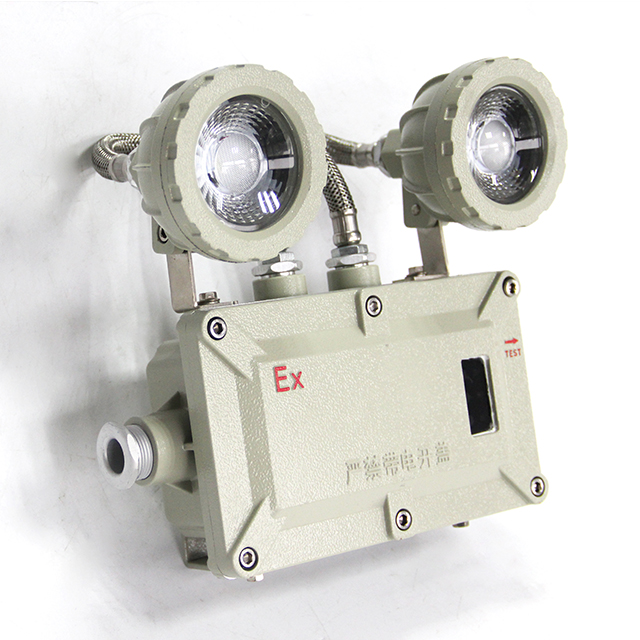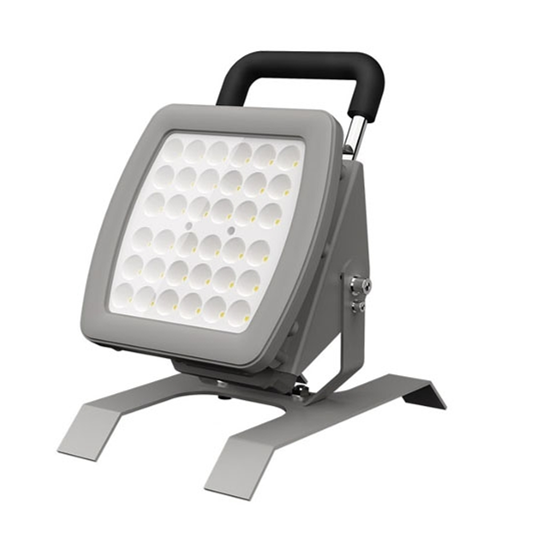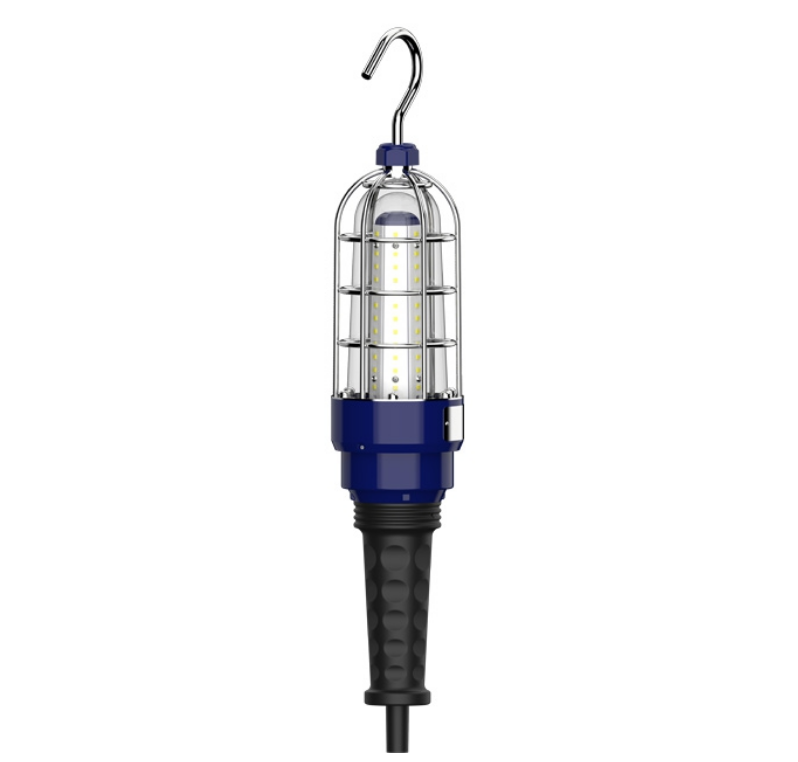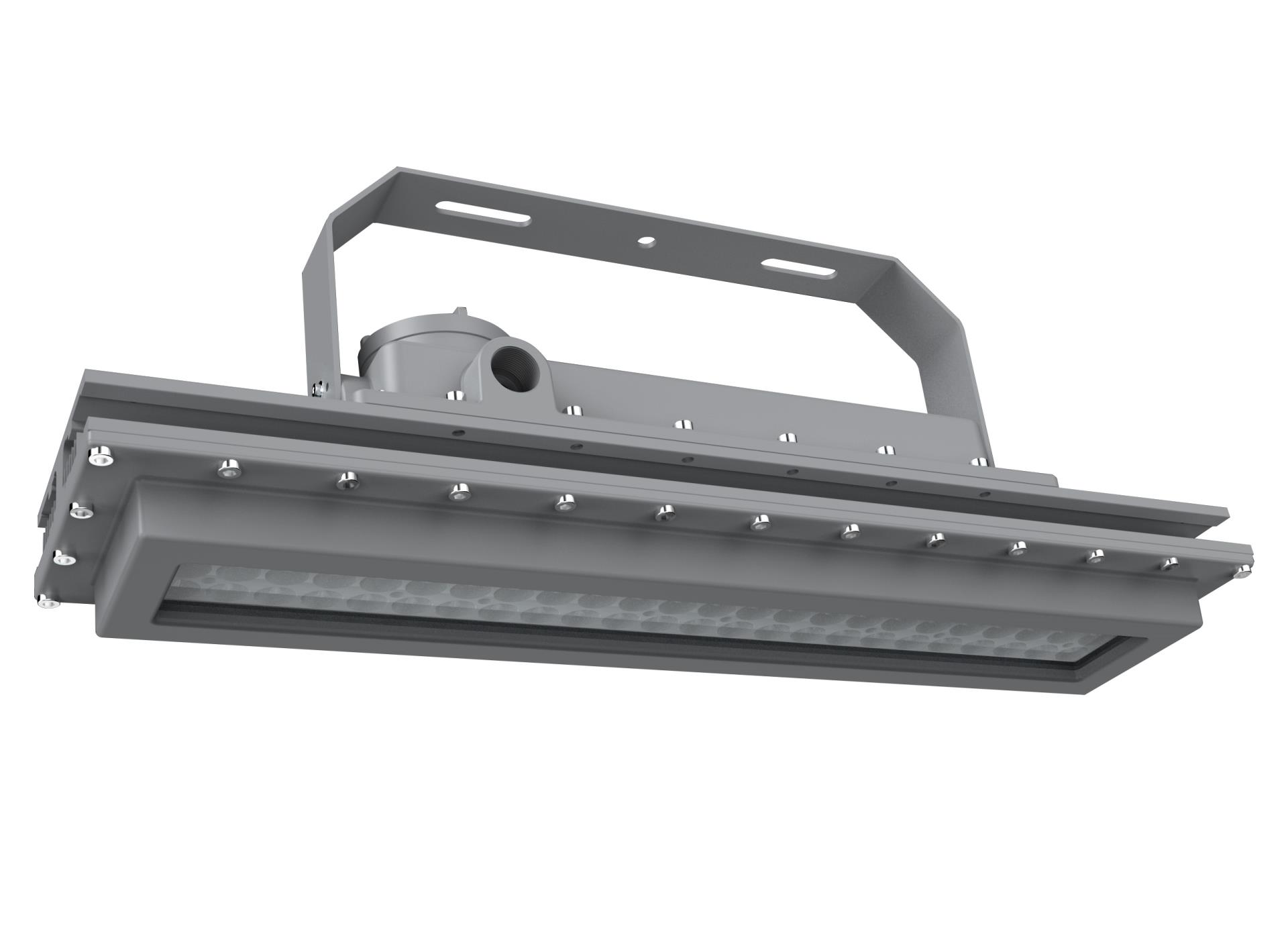In today's technological era, LED lights have revolutionized the lighting industry with their energy-efficient, long-lasting, and environmentally friendly features. However, the brilliance of LED lights is not just a result of their physical construction – there is a fascinating science behind their radiance. In this article, we will delve into the secrets of LED lights and explore the scientific principles that make them shine.
Understanding LED Lights:
LED, short for Light Emitting Diode, is a semiconductor device that emits light when an electric current passes through it. Unlike traditional incandescent or fluorescent lights, LEDs convert electricity directly into light, minimizing energy wastage and heat generation. This characteristic makes LED lights highly efficient, consuming significantly less power while providing the same or even greater luminosity.
The Science Behind the Brilliance:
1. Electroluminescence:
At the core of LED lights lies a process called electroluminescence. When an electric current is applied to the semiconductor material within an LED, it excites the electrons, causing them to move from a lower energy state to a higher one. As the excited electrons return to their lower energy states, they emit photons – tiny packets of energy that we perceive as light.
2. Semiconductors:
The semiconductor material used in LED lights determines the color of the emitted light. By selecting different semiconductor materials, manufacturers can produce LEDs that emit various colors, such as red, green, blue, and even white. This versatility allows LED lights to cater to a wide range of applications, from mood lighting to industrial uses.
3. The Role of Components:
Several components work together to ensure the optimal functioning of LED lights.
a) The LED Chip: The heart of an LED light is the LED chip itself. This tiny semiconductor chip is responsible for emitting the light when an electric current is applied.
b) Heat Sink: LED lights produce some amount of heat, and for optimal performance and longevity, a heat sink is used to dissipate this heat. It helps maintain the LED's temperature within safe limits, preventing any thermal damage.
c) Driver Circuit: LED lights require a current-regulating driver circuit to provide the optimal electric current to the LED chip. This ensures stable and consistent light output.
4. Efficiency and Durability:
LED lights are renowned for their exceptional efficiency and durability. Unlike traditional lighting options, LEDs do not emit infrared radiation and therefore do not waste energy as heat. This efficiency makes them suitable for prolonged use, significantly reducing energy consumption and maintenance costs.
LED lights have become the lighting choice of the future, driven by the incredible scientific principles that underlie their brilliance. Understanding the science behind LED lights helps us appreciate their advantages and opens up possibilities for further innovation. As technology continues to evolve, LED lights will undoubtedly continue to shine brightly, illuminating our world while preserving our planet's valuable resources.











